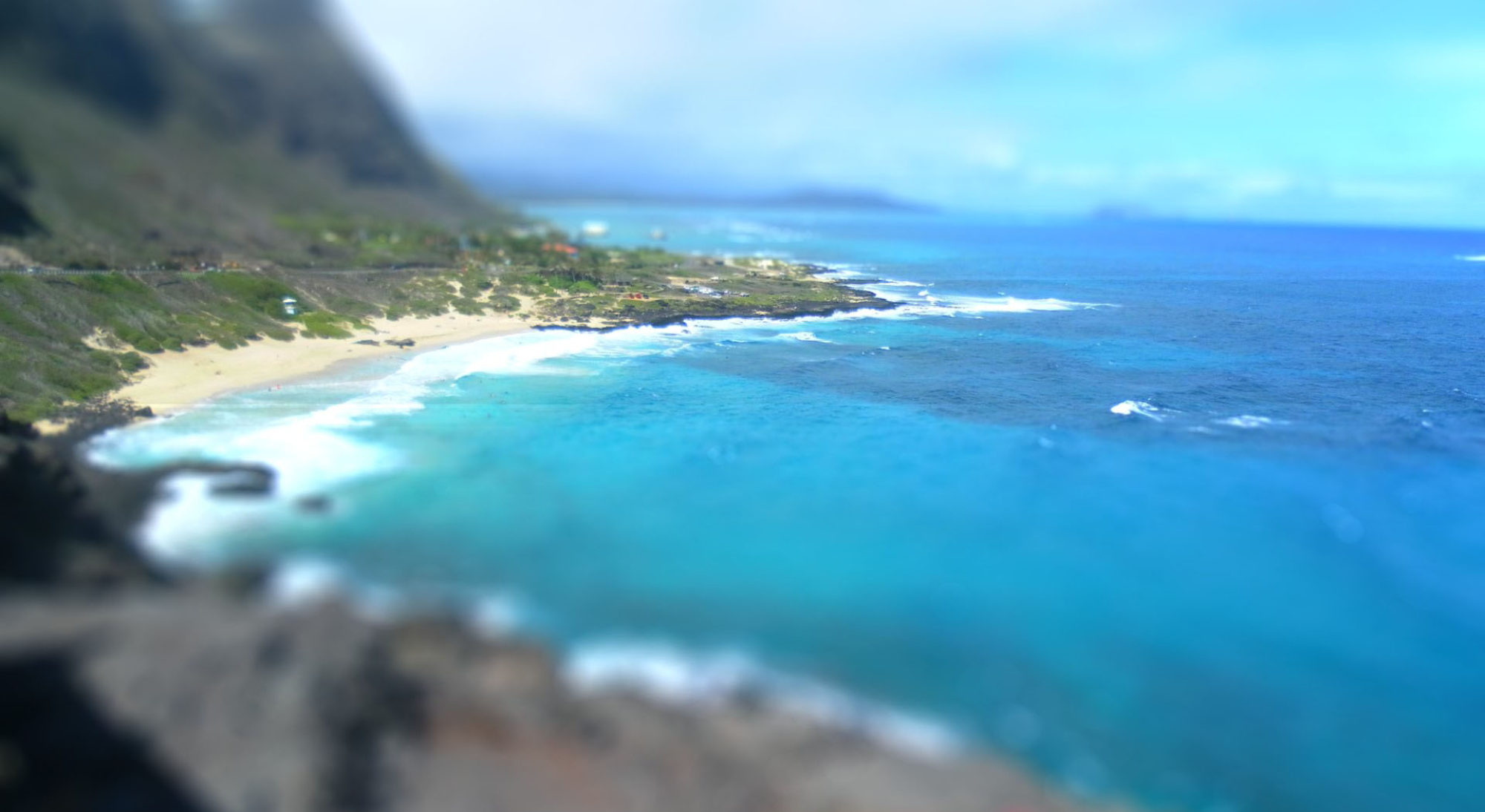
What would Guglielmo Marconi, the father of Trans-Atlantic radio transmission and recognized as one of the inventors of the radio and Teresa Braa have in common? Well….they traveled on the same ship but not at the same time….
This is the ship the SS Sardinian. A famous ship because of it’s connection to Marconi and to the Erik Larson Book Thunderstruck. This is why I love researching a record down to the last letter.
In May of 1884 Teresa Nicoline Matilda Togersdatter Braa (Later, the second wife of Nils Boyum) came to America. The first leg of her journey to America took her from Norway to Hull England by way of the Steamship the HERO. The Sardinian was built in 1874 and launched on June 3 at Greennock by Robert Steele and CO. she was 400 feet by 42.3 feet. Her maiden voyage from Liverpool to Quebec was on July 29th, 1875. Teresa took the Sardinian on May 8th, 1884 from Liverpool England and arrived in Quebec on May 18th. In 1897, a year before Teresa died, the Sardinian was re-engined and her mast were reduced down to two. She ended up being a coal hulk in 1920 and was eventually scrapped at Bilbao in 1938.
On November 26th 1901 Marconi and his equipment took a historical trip and were transported by the Sardinian to set up a wireless station at St Johns, Newfoundland. This is where Marconi established the first wireless transmitting station at Marconi House, Rosslare Strand, Co. Wexford to act as a link between Poldhu in Cornwall and Clifden in Co. Galway. He soon made the announcement that on 12 December 1901, using a 152.4-metre (500 ft) kite-supported antenna for reception, the message was received at Signal Hill in St John’s, Newfoundland (now part of Canada) signals transmitted by the company’s new high-power station at Poldhu, Cornwall. The distance between the two points was about 3,500 kilometres (2,200 mi).
If you read the book Thunderstruck by Erik Larson this trip and the Sardinian are mentioned late in the book.
